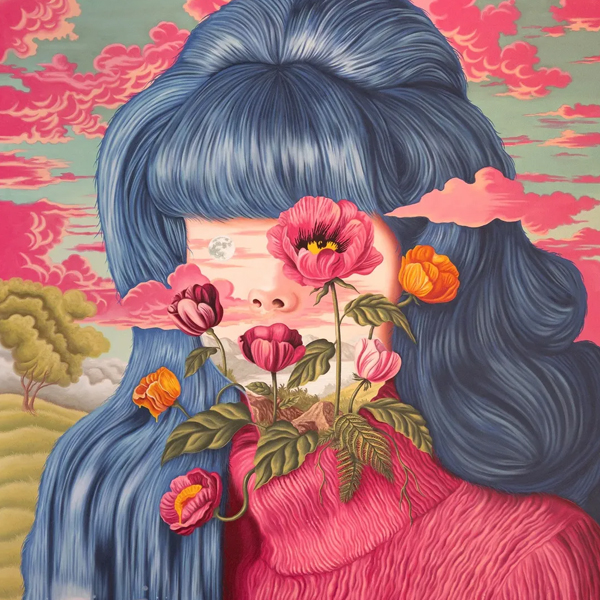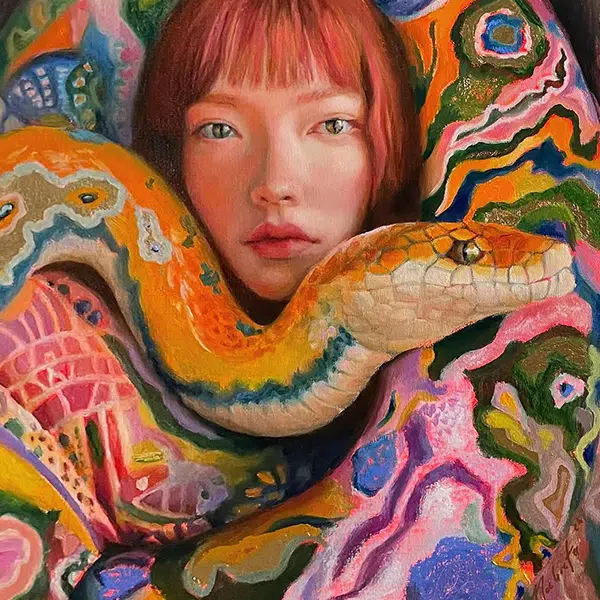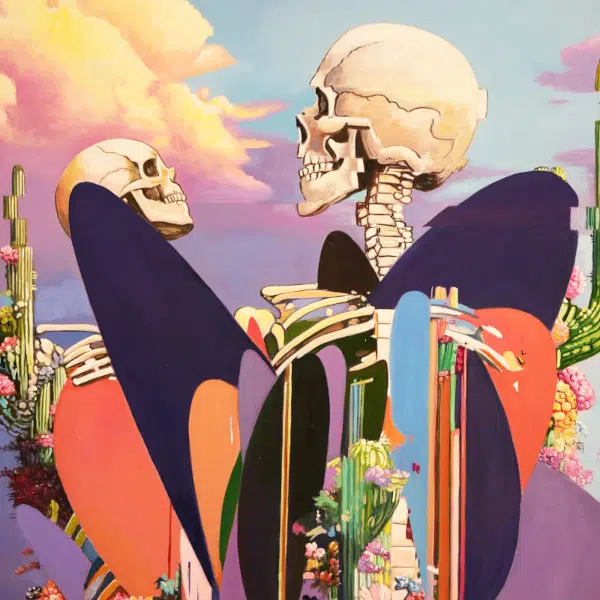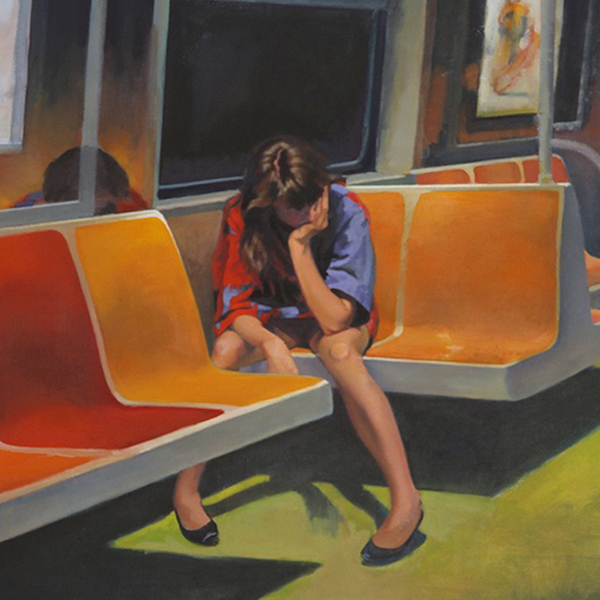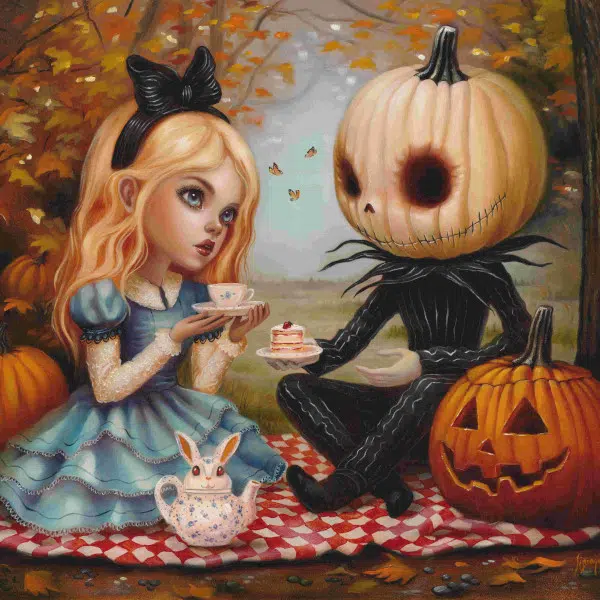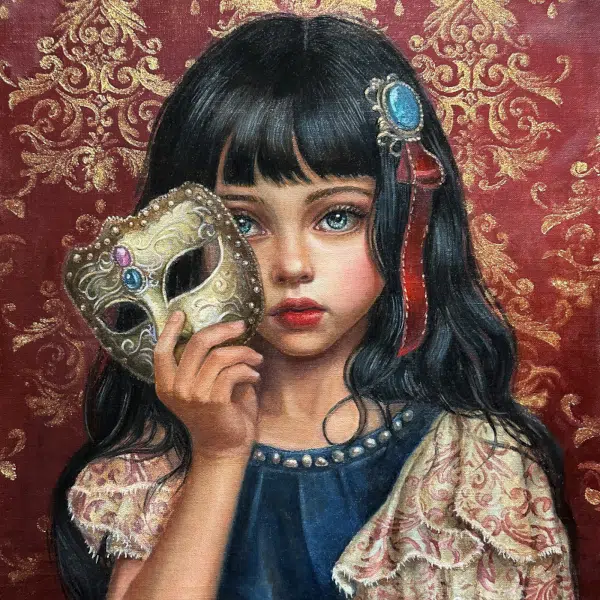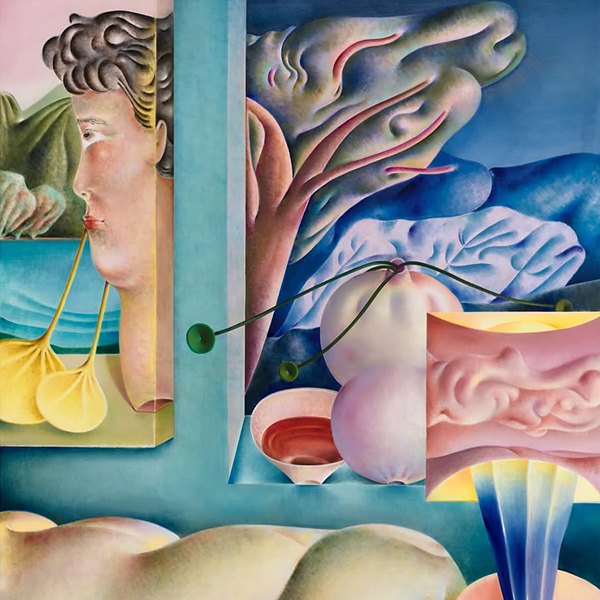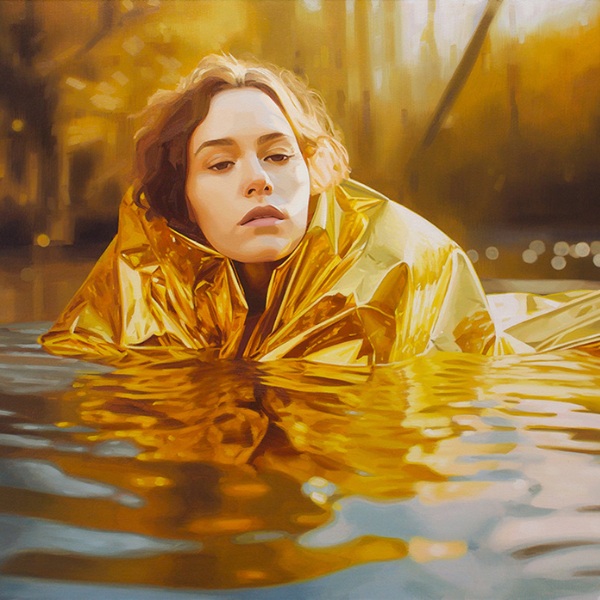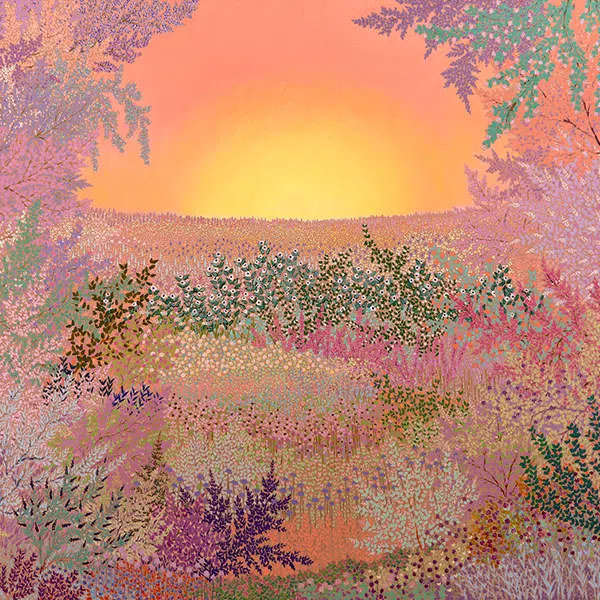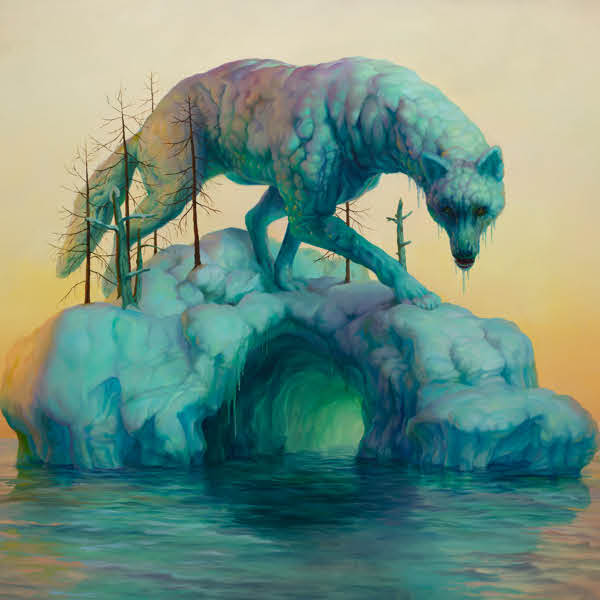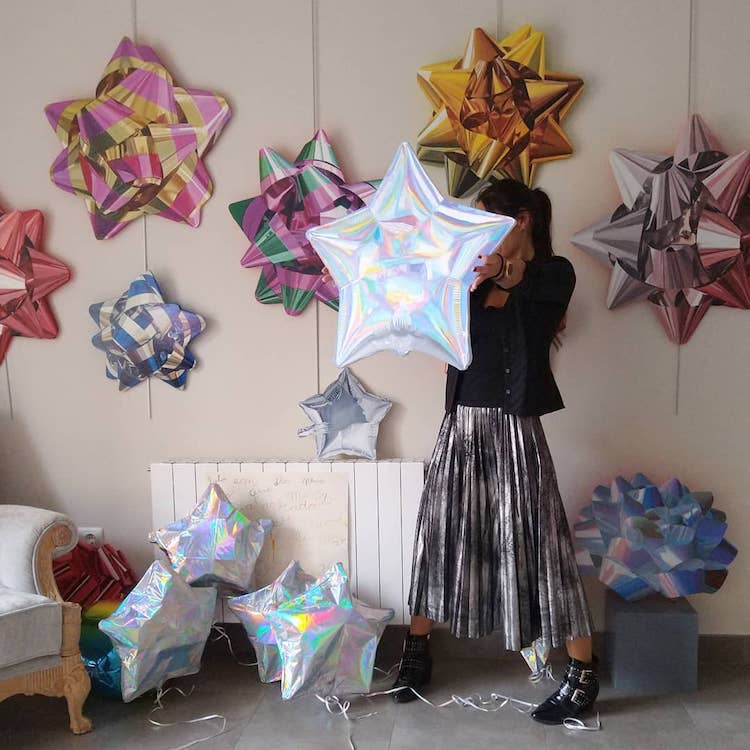
Bows and balloons are associated with some of the happiest events in life, like celebrating birthdays and opening gifts. Spanish artist Mónica Ajenjo uses these joyful memories as the inspiration for her incredible hyperrealistic paintings. Much like the Pop artists from the 1960s, she takes these ordinary objects that we often take for granted and highlights their luminous beauty.
At first glance, it's hard to tell if these paintings are in fact two-dimensional or the real thing. That is because Ajenjo does not use traditional square or rectangular canvases, and instead, cuts out custom forms from large boards of wood. The artist then transforms the wonky shapes into hyperrealistic representations through layers of meticulous painting and rendering of light and shadow. As a result, her works can sometimes be mistaken for sculptures when displayed on the wall or the ground.
We had the chance to speak with Ajenjo about her Bows and Balloons series and how she developed the idea for it. Read on for My Modern Met's exclusive interview.

When did you start making art?
As far back as I can remember, I always made art. It was a very natural process for me that started very early on as a child. I was enchanted by the drawings from the art encyclopedia; I got trapped in the images of paintings.
I have many fond memories as a little girl sketching portraits of my family when we sat around together in the living room. I even remember drawing images from films that I had just seen. Images always were part of my natural language.
Why did you choose to pursue hyperrealistic painting?
It wasn't really a choice, it was more of a gradual process. I experimented with abstract art for a while, although it was never totally abstract, there was always some figurative element in it. I think hyperrealism is the art form that adapts better to the way I express myself, to my patient and meticulous personality.
In time, I have come to realize that the technique chooses you, you don’t choose the technique. The technique has much to do with yourself, it is an extension of your persona and hence it must have similar characteristics to your innate personality.
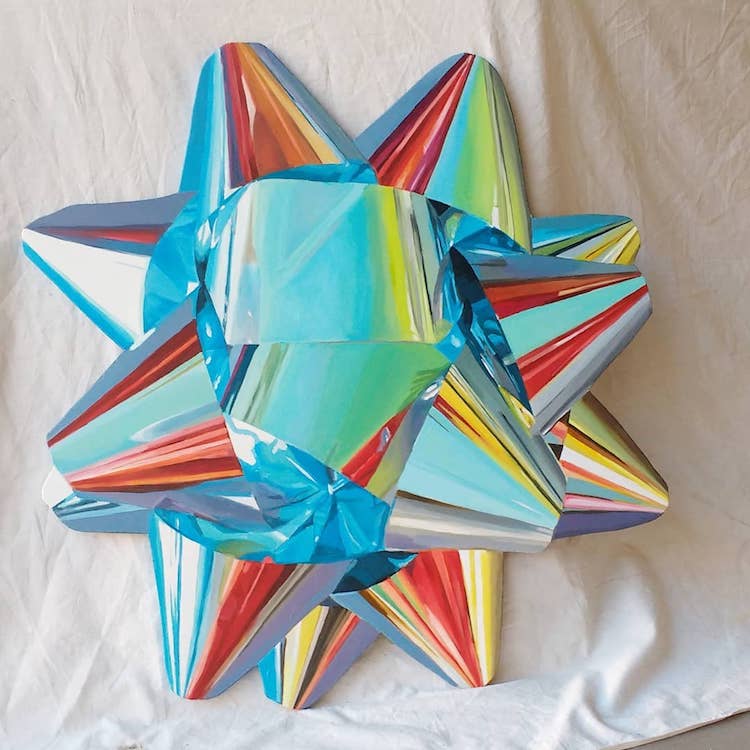
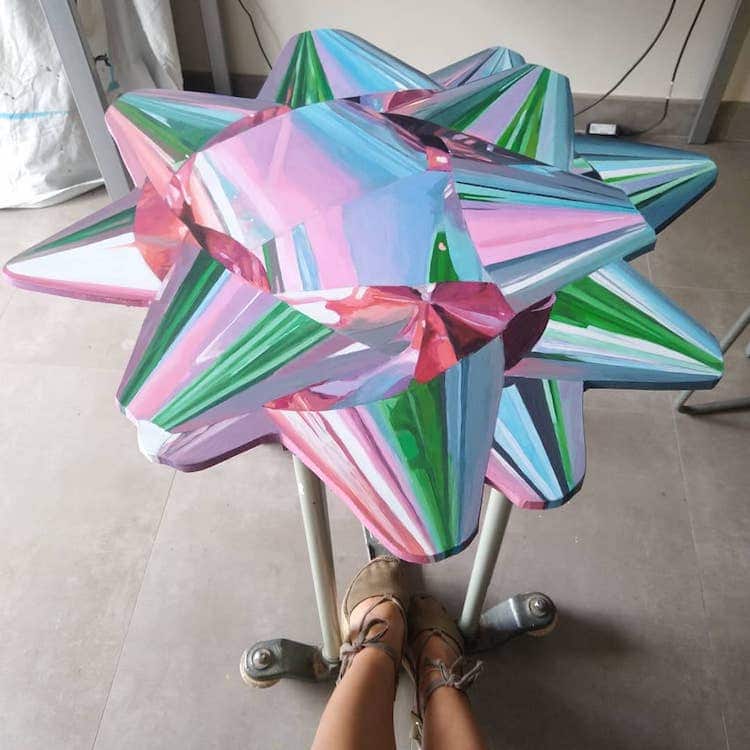
Most of your paintings focus on voluminous bows and nylon balloons. What is it that draws you to this subject?
Formally, I was fixated on the idea of being able to reproduce the reflections that these objects produce and that I found so beautiful and enchanting. They were a challenge for me; that was the main goal and also trying to recreate the volumes of the objects.
Bows were the first objects I painted. I came across them when I was looking for an iconic, worldwide known object, something like, for example, Andy Warhol's Marilyn Monroe portraits.
The series iconizes a traditional contemporary object: gift bows. It draws inspiration from American Pop Art in the '60s, but, contrary to this movement, my series transforms an everyday object into unique artwork, as it has been made with a completely manual painting technique that cannot be serialized. Later on and following the same tracks, I started experimenting with balloons. They also possess a similar reflection and vitality to bows. They contribute more complex and suggestive compositions.
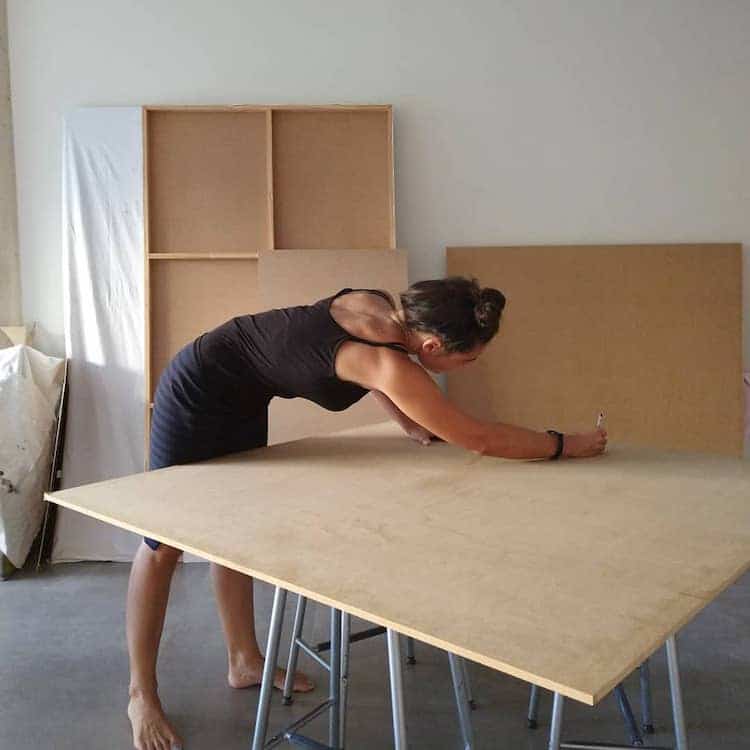
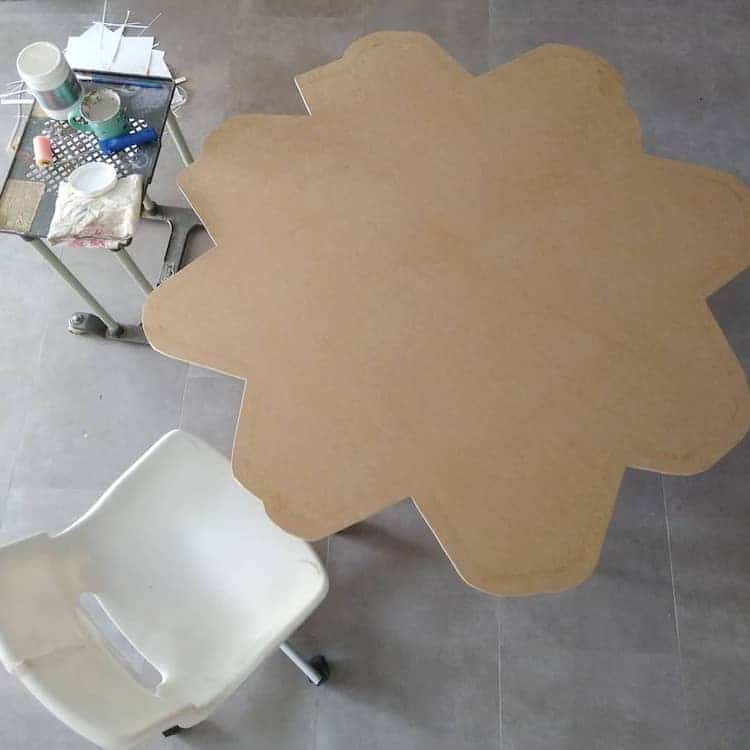
Can you walk us through your artistic process from start to finish?
I am always in the search for colorful bows that inspire me, looking for new colors and shapes. I acquire them and then leave them lying around in my studio to use later on as models. Once I have the bows in the studio, I observe them and play with them until I decide the side and reflections that I like best. This is when I proceed to paint them, trying to bring up something new with my brushes. It is not about recreating the image, for that we have photography, but rather trying to add in this bit of magic and fantasy that painting can bring.
On a technical level, I work with very fine and superimposed layers of paint that allow me to create a feeling of volume and achieve complex tones. To finish the piece, I apply special fluorescent paint that enhances the shining effect when hung on a wall.
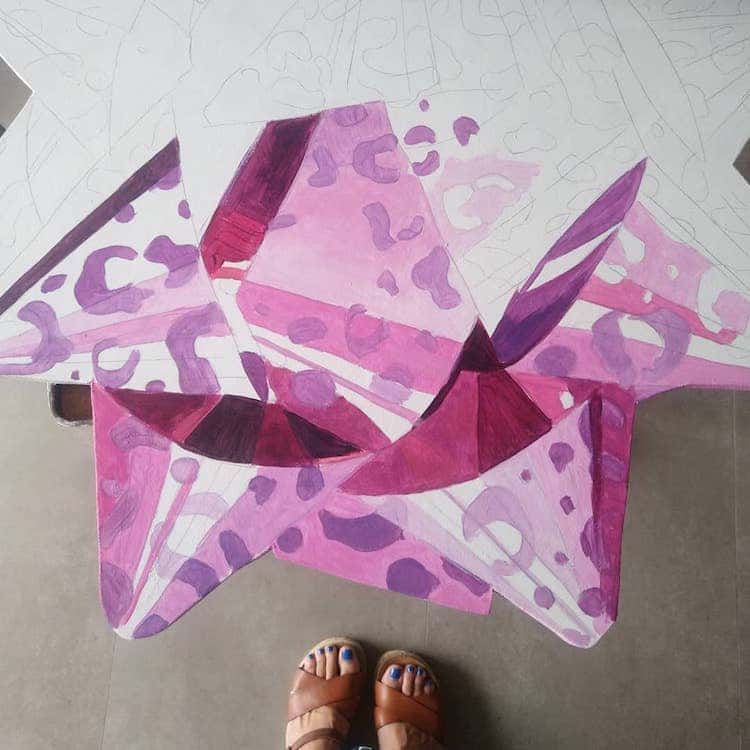
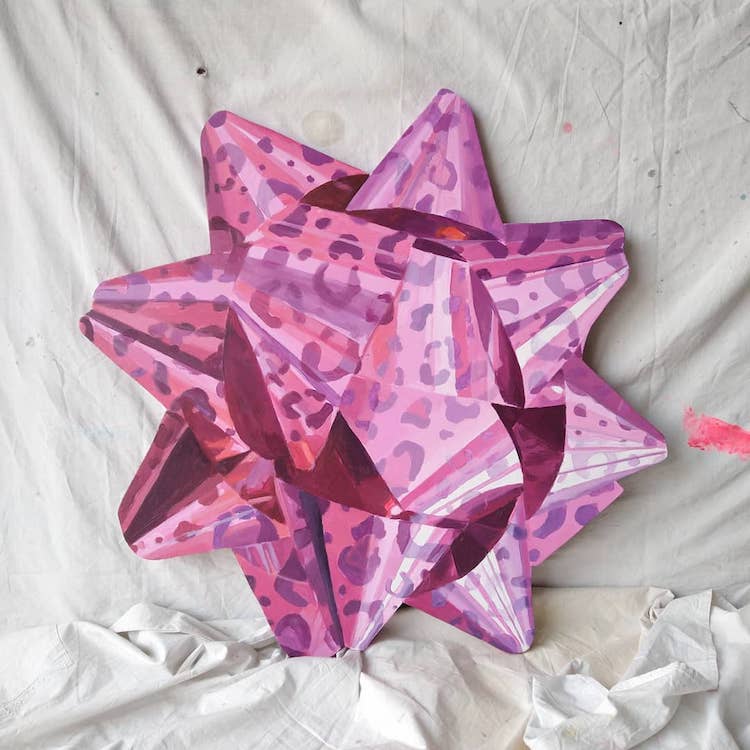
What do you try to achieve or express in each piece?
Bows and balloons trigger memories of childhood and relate to your inner child. They induce happiness. Is there anything more exciting than opening a present? They are positive omens of everything good that is to come. To me, objects such as bows and balloons are contemporary representations of the celebration of life.
How has your artistic practice changed over time?
As I have mentioned before, I was always a figurative painter, but it took me years of work to reach the place I am now. I tried many different lines of work. Just before the Bows and Balloons project, I was exploring a type of painting that combined graphics with a series of figurative industrial images.
What is your most important artist tool?
Brushes!!
I also cannot go very far away from my studio where I have accumulated, in the course of time, a lot of tools. I buy all the new gadgets I find and try to use them for multiple purposes. I admit I have a real obsession with them because I like to completely control every step of the process.
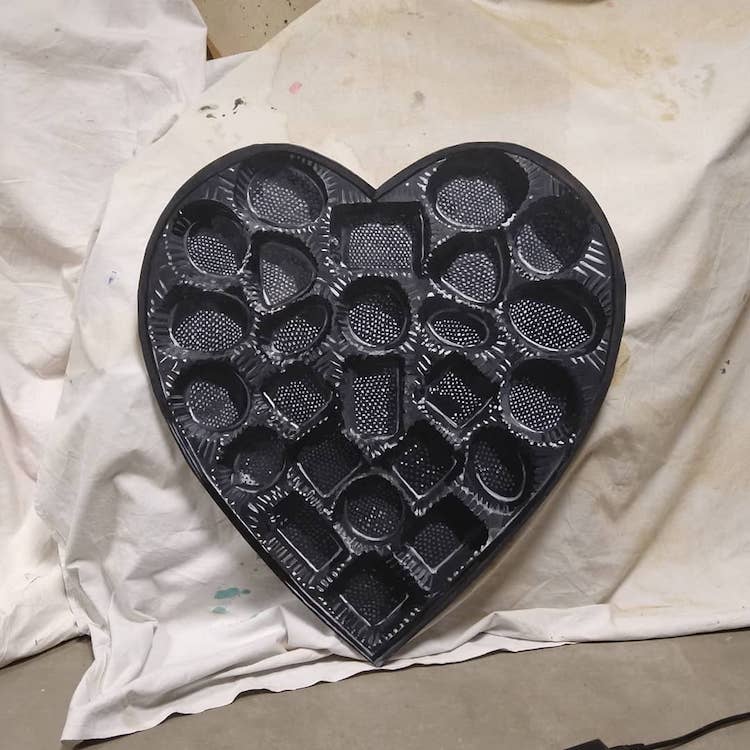
Is there an artwork you are most proud of?
I am a perfectionist and I am never completely satisfied with my pieces. I think they can all be improved and that is what I try to do with every new work. I see defects that no one else sees…
But, answering your question, I do have a piece that I feel a special attachment to and that is a product of this COVID time and was inspired by the lock-down we experienced. Contrary to my usual work, this piece is black and matt… A very expressive piece, it represents the inside lining of a chocolate box in the shape of a heart, empty and black… It touches a bit of your soul. I find it very moving.
Which artists or works of art inspire you?
I draw inspiration out of everything and all different art forms and styles. From the old masters, I love Ingres, Velazquez, and from the modern ones, Francis Bacon, Egon Schiele… But I consider Velazquez my biggest reference for his magical quality to transport you and his ability to paint the air.
I am truly interested in everything. I try to see all the exhibits near me, I even attend special shows farther away from my city. The last museums that made a strong impression on me were the Botero Museum in Colombia and Egon Schiele's in Vienna.

How do you know when a work is finished?
To put an end to a piece is a complicated process, but the moment comes when you have to make a decision. And then it is almost like the piece makes the decision on its own, independently from you. It “tells” you that it is enough, even if you still see the possibility of working a bit more on it. If it was only on me, I would never draw the last brush stroke. It is hard to say goodbye to your work.
What is the best thing about being an artist?
For me to be able to paint every day and to be able to dedicate myself to something so natural and part of myself is the most rewarding aspect of my life—especially when my work is appreciated by others and people place my pieces at their homes and tell me that they make them feel happy. It is then that my work makes complete sense to me.
The creative process is indeed complex. Sometimes you feel on top of the world and other times, you may feel a weight on top of you. However, when you finally crack it after much hard work, it is like giving birth to a creature of your own, something that you can feel proud of.
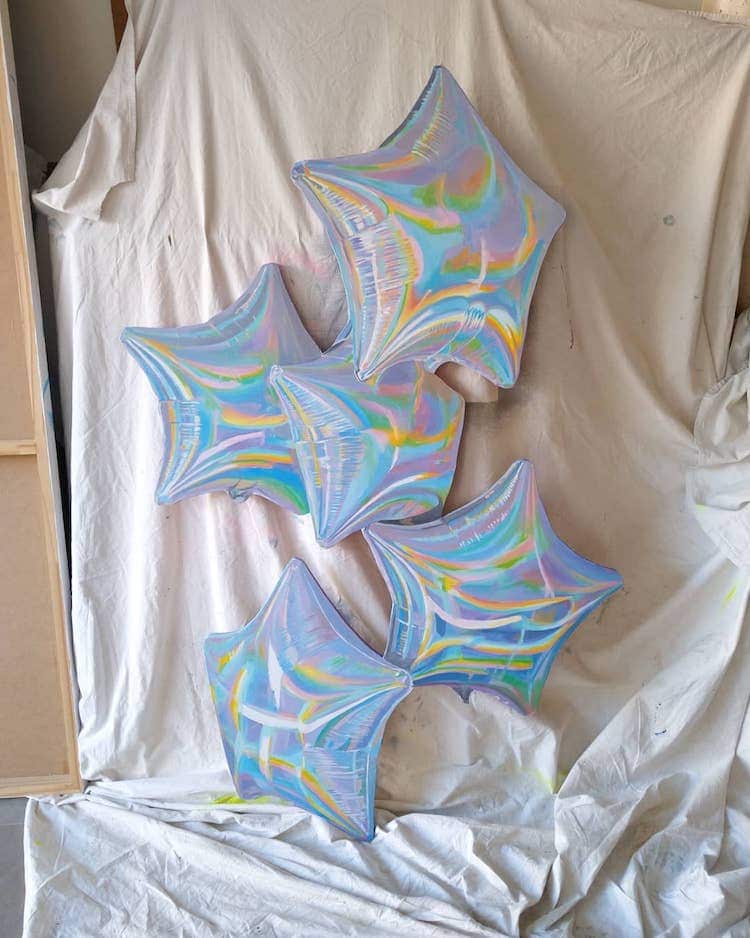
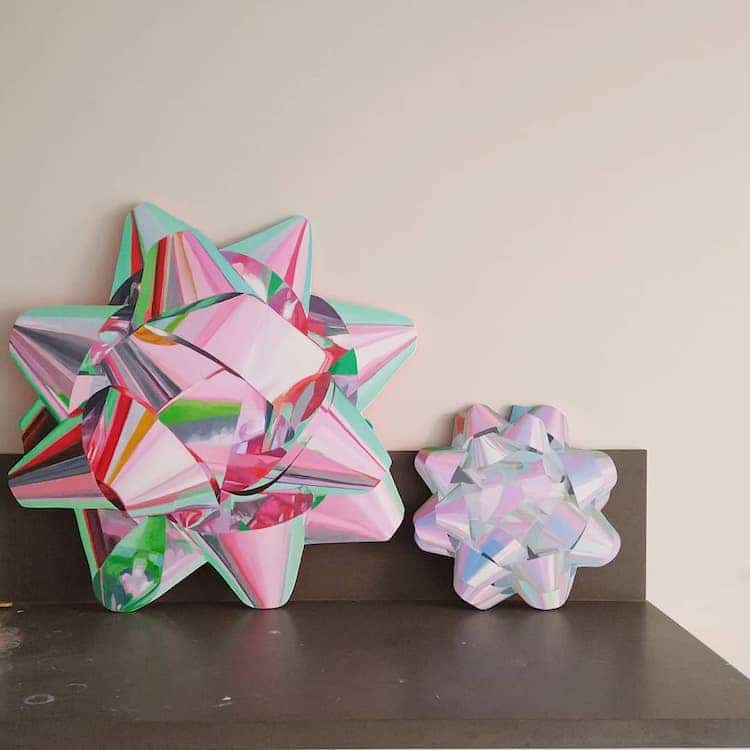
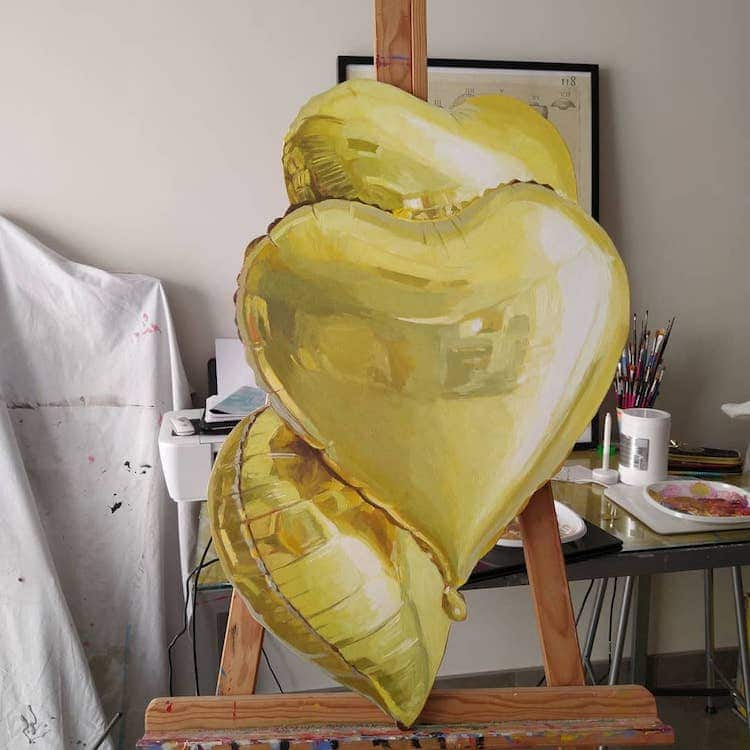

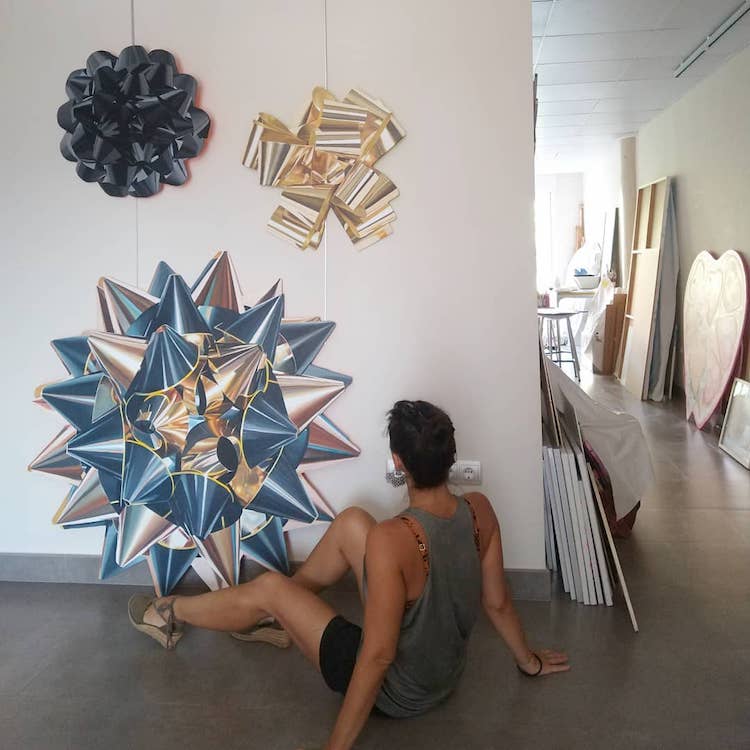
Mónica Ajenjo: Instagram
My Modern Met granted permission to feature photos by Mónica Ajenjo.
Related Articles:
The Evolution of Hyperrealism: From Religious Paintings to Simulated Reality
This Artist’s Oil Paintings of Women Are Considered the Most Realistic in the World
These Giant Rorschach Paint Blots Are Actually Colored Pencil Drawings











































































